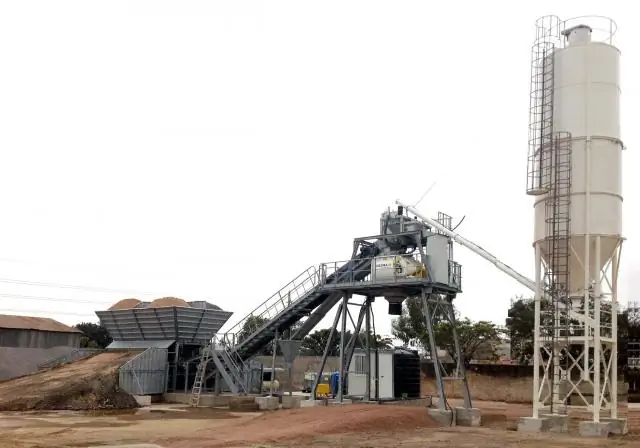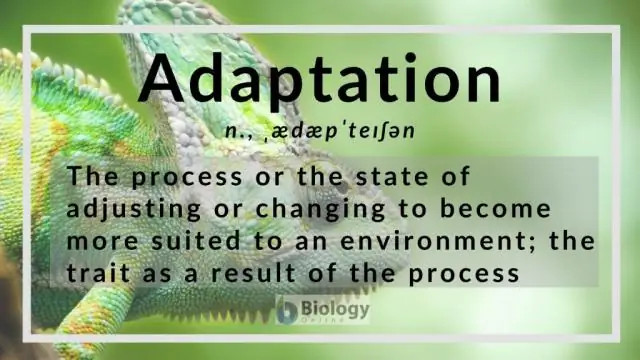- Author Rachel Wainwright [email protected].
- Public 2023-12-15 07:39.
- Last modified 2025-11-02 20:14.
Seaweed
Algae (Algae) - a group of autotrophic, mainly aquatic, lower plants containing chlorophyll, which are not dissected into stems, roots and leaves and are able to assimilate carbon dioxide during photosynthesis; are a source of food for the animal world of water bodies; many of the types of algae are used as raw materials in the medical and other industries, as well as used in human nutrition and are used as feed for farm animals.
Algae are distinguished:
- Brown (Phaeophyta) - one of the types of multicellular algae, including, in addition to chlorophyll, the golden brown pigment fucoxanthin; certain types of brown algae, such as kelp (seaweed), are used for food, including for dietary nutrition (with goiter, atherosclerosis);
- Green (Chlorophyta) - a type of multicellular and unicellular algae, in the cells of which chloroplasts are present, including, in addition to chlorophyll, xanthophyll and carotene; some of the green algae species (for example, ulva, enteromorph) are eaten, and chlorella is considered promising for use as a link in closed ecological life support systems, for example, in spaceships;
- Red (Rhodophyta) - a type of multicellular deep-sea algae containing, in addition to chlorophyll, the pigment phycoerythrin; some of the types of red algae (for example, porphyry) are eaten, they are the initial product for the production of iodine (phyllophora) and agar (anfeltia);
- Blue-green (Cyanophyta) - a type of algae in which cells do not have chloroplasts and a morphologically isolated nucleus, and the cytoplasm, in addition to xanthophyll, carotene and chlorophyll, includes the blue pigment phycocyanin; some of the blue-green algae are involved in the formation of therapeutic mud.
Found a mistake in the text? Select it and press Ctrl + Enter.






